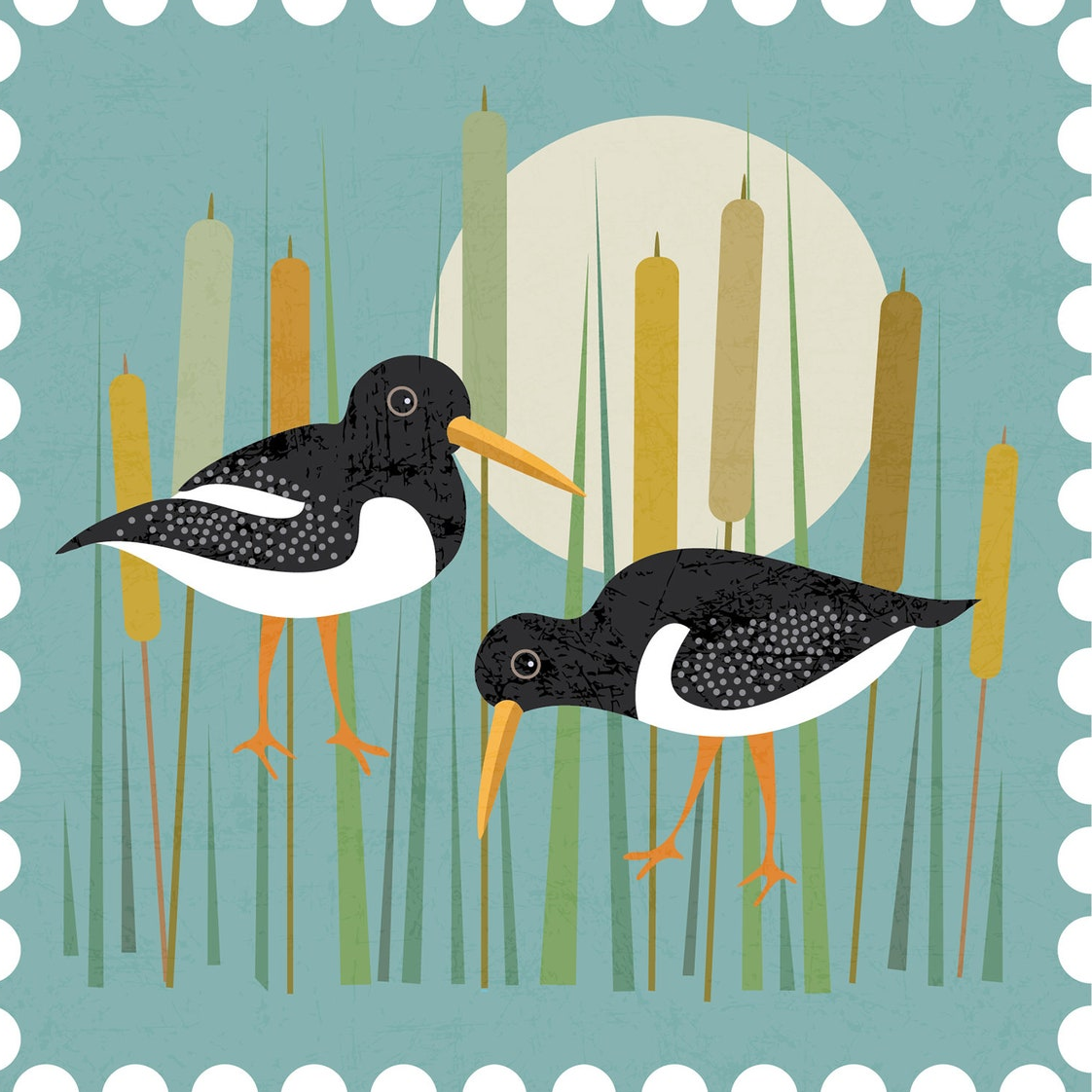A Quick Guide to England’s Coastal Flowers

England’s coast is not just home to birds and marine wildlife, but also has many coastal flowers, which thrive in sandy soil and salty breeze. Many also protect sand dunes from coastal erosion, and support wildlife.
- Keep dogs away from coastal plants, as some are toxic and grow near cliffs. Read more on keeping dogs safe at the seaside.
- Avoid dropping litter, as rubbish can smother young plants.
- Don’t pick wildflowers (or driftwood), they are important ecosystems for wildlife. Also don’t remove sand or pebbles from beaches (can cause coastal erosion).
- Coastal plants keep sand in place, so avoid walking on sand dunes. This also prevents disturbing disturbing nesting birds, and seals hiding pups).
- Take part in volunteer beach cleans.
A Few of England’s Coastal Flowers

Sea holly is common on the Wirral coast, with spiky blue-green leaves and metallic blue thistle-like flower heads. This plant thrives on sunny dunes and sandy beaches. Its summer blooms are loved by bees and butterflies.
Related to carrots, sea holly is often mistaken for thistle. Years ago, people would pulp the roots and sweetened with sugar, then sell them as sweets. Don’t pick these (flowers will punish you with an injury, to tell you to stop!)
Sea thrift (or sea pinks) creates pink or purple cushions on rocky cliffs and coastal grassland. They bloom from April to July, and have strong roots to hold soil on sand dunes. Tolerant of wind, frost and sun – they grow mostly in Cornwall and Devon.
Sea campion are white bell-shaped blooms (sometimes with purple stripes). Found on shingle beaches and along sea walls, their leaves lock in moisture, and flower from late spring to early autumn. Each petal is split in the middle (so they only have five pets, but looks like ten!)
Sea beet has thick shiny green leaves (look like spinach), often found at sandy beaches and estuaries. Related to beetroot and Swiss chard, this is a salt-tolerant plant whose seeds feed local bird and insects.
Sea aster (sea daisies) have star-shaped lavender or white blooms, that grow in salt marshes, and along tidal rivers. Flowering from July to October, bees love these for their late-blooming nectar.
Sea spurge has blue-green leaves and green/yellow flower heads, and a waxy coating to protect from salt and sun. Often found on coastal sand dunes, these are mostly found in southern England (the juice can irritate skin, so admire without touching).
Sea rocket has purple or white flowers, often found in dry salty sand, close to high tide lines. It flowers in summer, attracting hungry pollinators. Its seed pods float, spreading to new beaches on ocean currents.
Sea kale has big curly blue-grey leaves and a spray of white flowers with honey-scent. Found on shingle beaches and coastal banks, its deep roots anchor shingle, even in storms.
Golden samphire has needle-like leaves and yellow flowers that bloom in late summer. It grows on salt marsh edges and rocky shores, and is adored by insects. This flower is endangered, due to habitat loss.
Dune pansy has pale yellow or violet flowers (blooming April to September), found on sand dunes or coastal grassland. The soft hairy leaves hold onto water in hot dry spots.
Spring squill may look harmless with star-shaped blue/lilac flowers (it’s lethal to people and pets). Found on short coastal grassland and rocky turf, its short flowering spell in spring makes it easy to miss.
Yellow horned poppy (also toxic) has bright golden petals, blue-green leaves and long seed pods, that look like horns. Growing on shingle and sand, it flowers from June to September.
Viper’s bugloss (also toxic including to livestock) has electric blue and pink spikes, found on sandy clifftops and dunes. Loved by bees and butterflies for its rich nectar, it flowers from May to September.
How to Grow Your Own Coastal Flowers
If you live near the sea and want to grow coastal flowers, RHS has a list of suitable plants, best used with windbreaks (woven willow or hazel alternatives are good). Walls or fences are great, as they can increase turbulence.
Read up on pet-friendly gardens and wildlife-friendly gardens. Avoid facing indoor plants to outdoor gardens, to help stop birds flying into windows.






